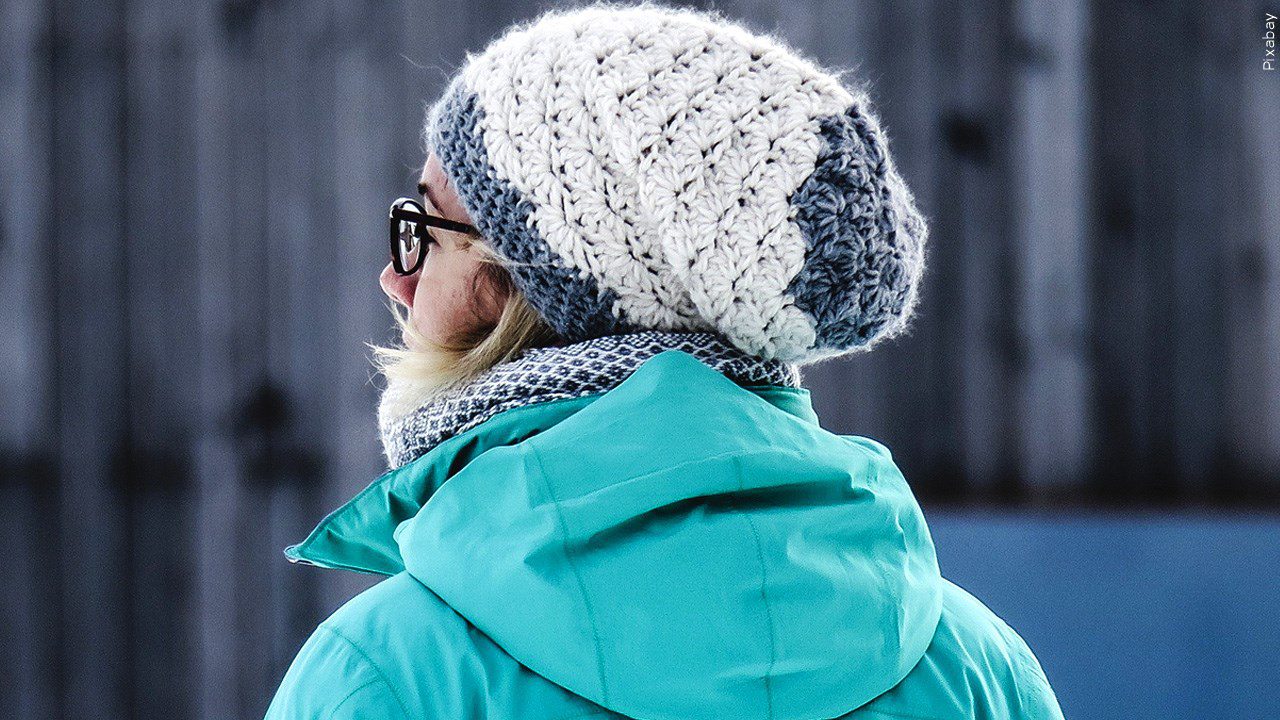Tips for frostbite, hypothermia prevention in extreme cold weather

Credit: MGN
(ABC 6 News) – Arctic air will plunge into the region heading into the holiday weekend with dangerous wind chills expected to approach -40° or colder.
There are several life-threatening conditions from exposure to cold including frostbite and hypothermia. Mayo Clinic released information on what to look for and how to stay safe in the extreme cold temperatures.
FROSTBITE
Frostbite is an injury caused by the freezing of the skin and underlying tissues.
At first, the skin feels cold and has a prickling feeling. This is followed by numbness and swollen or discolored skin. Eventually, the skin may become hard or waxy-looking. Frostbite requires medical care because it can permanently damage skin, muscles, nerves and other tissues.
Prevention
- Cover ears, face, head and nose.
- Wear proper boots or shoes — no sandals or open-toed shoes.
- Wear mittens or gloves — mittens provide better protection.
- Put on two pairs of socks on extremely cold days.
- Pack the car with winter survival gear in case of emergency.
- Travel with another person whenever possible.
Mayo says frostbite risk is elevated for people who smoke, have a blood vessel disease like diabetes, aren’t wearing proper clothing, are dehydrated or fatigued, and for those at a higher altitude.
HYPOTHERMIA
Hypothermia is a serious medical emergency that occurs when the body loses heat faster than it can produce it. Symptoms may include shivering, lack of coordination, confusion, drowsiness and slow, shallow breathing. It occurs when a person’s body temperature drops below 95° F.
Mayo says to prevent hypothermia just remember the acronym, COLD:
- Cover
Wear weather-appropriate clothing, including a hat and scarf to cover the head, face and neck. Cover hands with mittens, not gloves, to keep fingers warm. - Overexertion
Be cautious of any winter activities that would cause excessive sweat. This can cause someone to lose body heat more quickly. - Layer
Wear loose-fitting, layered clothing. Outer clothing made of tightly woven, water-repellent material is best for wind protection. Wool or silk inner layers hold body heat better than cotton does. - Dry
Keep dry. Wet clothing and cold weather can cause a quick drop in body temperature. Remove wet clothing as quickly as possible.
Mayo says to seek immediate medical attention if experiencing symptoms of hypothermia. While waiting for medical assistance, relocate to a warmer location, remove any wet clothing and cover with blankets or coats.
Also, when traveling make sure to keep the vehicle stocked with emergency supplies like a charged cellphone, blankets, flashlight, matches, winter attire and a first aid kit.
RELATED: Tips to keep you safe when winter weather hits
For information on winter-related safety, CLICK HERE.